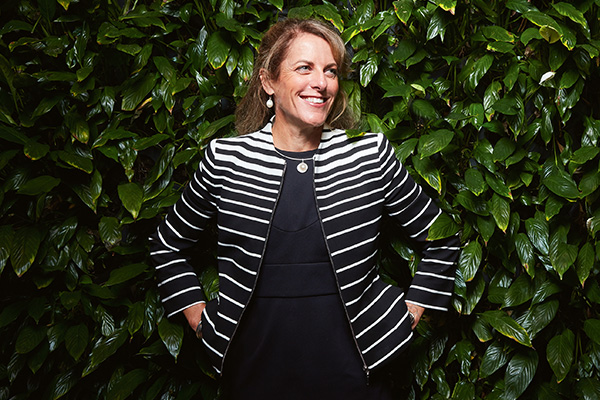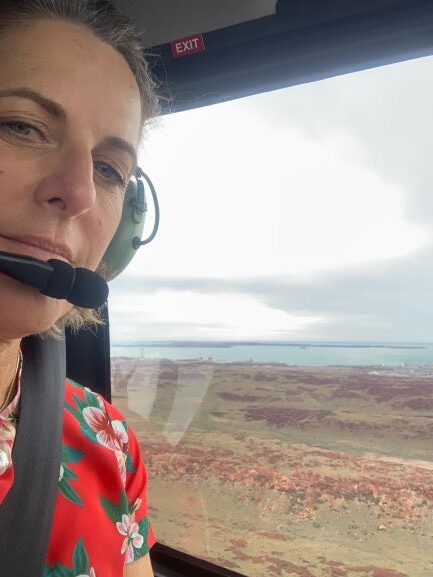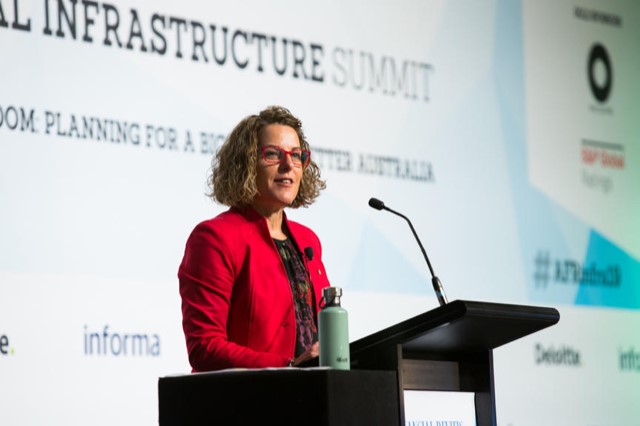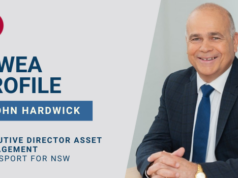When Romilly Madew took on the top job at Infrastructure Australia (IA) in April 2019, Australia’s economy was relatively stable, if sluggish, and federal and state governments were low on debt. In a bid to maintain prosperity and accelerate economic growth, policy-makers began discussing new infrastructure projects in earnest.
“Focus on the role of infrastructure was really growing,” Madew recalls. “I immediately felt like IA was an organisation where I and the team could make a difference.”
Then the pandemic struck, and governments shifted their attention from long-term investment to short-term stimulus. Small, shovel-ready infrastructure projects were prioritised, and much of the blue-sky thinking that characterised 2019 dissipated.
Now, as Madew approaches her second anniversary as IA’s CEO, she must contend with a radically changed economic landscape and make the case for continued ‘big picture’ infrastructure investment in a time of crisis.

“Of course, Australia’s reform agenda needs to support Australia’s economic recovery,” she says. “But it must also deliver flexible, agile and resilient infrastructure services that respond to rapidly changing and diverse community needs.”
Madew says her team has been working overtime in recent months to provide stakeholders with new insights into the benefits of thoughtful infrastructure spending.
“This year, we’re expanding the 2021 Australian Infrastructure Plan to respond to COVID-19 and leading new research on market capacity and the ability of the infrastructure sector to deliver the investment pipeline,” she says.
“We have also been undertaking research into sustainability and resilience, with plans to release this in 2021.”
Shortly, IA will launch its latest Infrastructure Priority List, including investments that respond to Australia’s short- and medium-term challenges.
“This year’s Priority List highlights opportunities to drive economic development in regional communities, in addition to developing gateways to support our international competitiveness,” Madew explains.

And, in a significant move, IA will be undertaking a “major reset” of its Assessment Framework, “to ensure it remains an easy-to-use guide to our proposal evaluation process”.
Throughout her career, Madew has not been afraid of major reforms such as this. When she was CEO of the Green Building Council of Australia, she transformed the organisation’s built environment sustainability rating system, Green Star, making it fit for purpose, user friendly and globally recognised.
“This resulted in not only a large increase in Green Star certifications, but an acknowledgement globally that Australia is the leader in creating a sustainable built environment,” says Madew.
She credits her parents’ keen interest in social justice and the environment for motivating her professionally. In her early career, while running a winery and vineyard with her husband at Lake George, she was involved in launching community festivals and women’s networking groups, as well as working in business development for a large national law firm in Canberra.
“I was on maternity leave when I received a call from the Property Council asking if I knew of anyone who would make a good executive director for the ACT,” she says. “I put my hand up and was successful.”
Since then, Madew has spent two decades working in sustainable development and the built environment, following opportunities that align with her values.

She believes intelligent infrastructure investment is the key to a more equitable Australia. “Despite our enviable global quality-of-life rankings, these benefits often fail to be distributed uniformly across the community, and our high quality of life translates to a high cost of living for many, particularly disadvantaging groups such as children, lone parents, those with a disability, the unemployed, low-income or welfare recipients and Aboriginal and Torres Strait Islander people,” she says.
“As a nation, it is essential we make the right decisions to improve the quality and affordability of infrastructure and provide equal access to it.”
Australia must also remain outward-looking and be willing to learn from other advanced economies who have approached the pandemic differently. “We are considered global leaders in governance and government infra spending but are challenged when it comes to productivity such as capacity, capability and risk allocation,” Madew notes.
On her wish list for 2021 is increased co-operation between federal and state governments. “Delivering the infrastructure our communities need requires true collaboration – across sectors, across different levels of government, and across party lines.”
She believes independent organisations such as IPWEA have an important role to play, too. “I cannot stress enough the importance of being engaged and participating in professional associations,” she says.

“It is important that these associations reflect a broad community and understand the unique challenges and opportunities organisations and communities face.”
She adds: “No one has all the answers. Throughout my career I’ve learnt that if you can build a coalition of support along the way, you are that little bit closer to achieving real, lasting change.”














